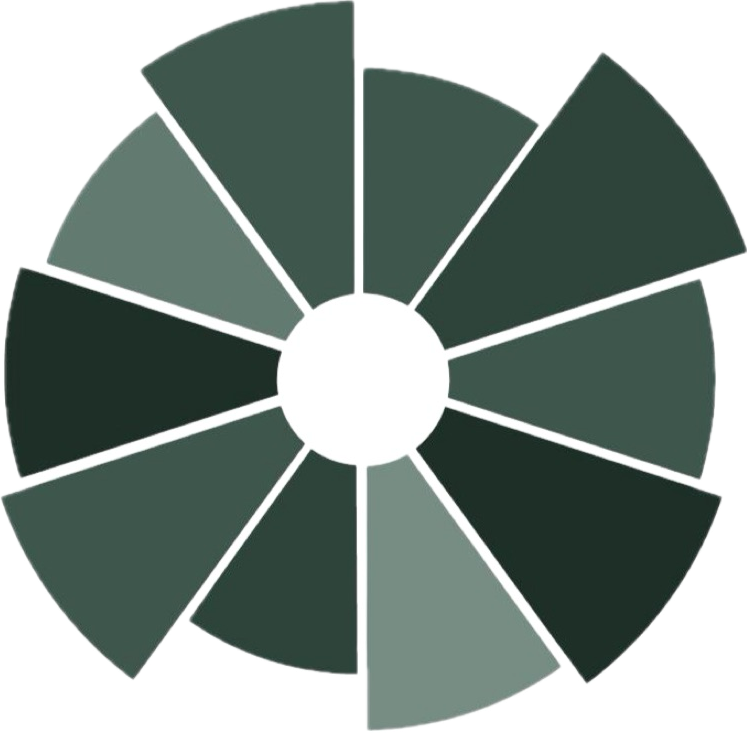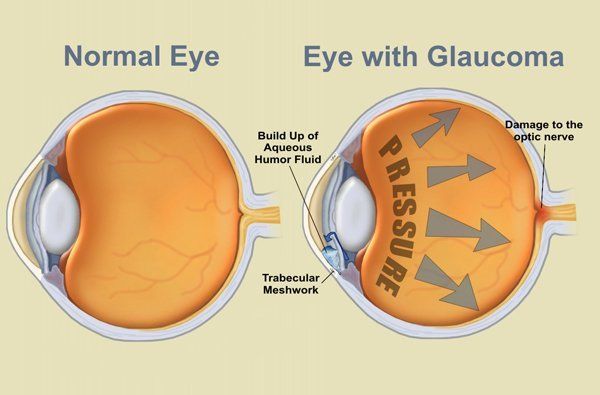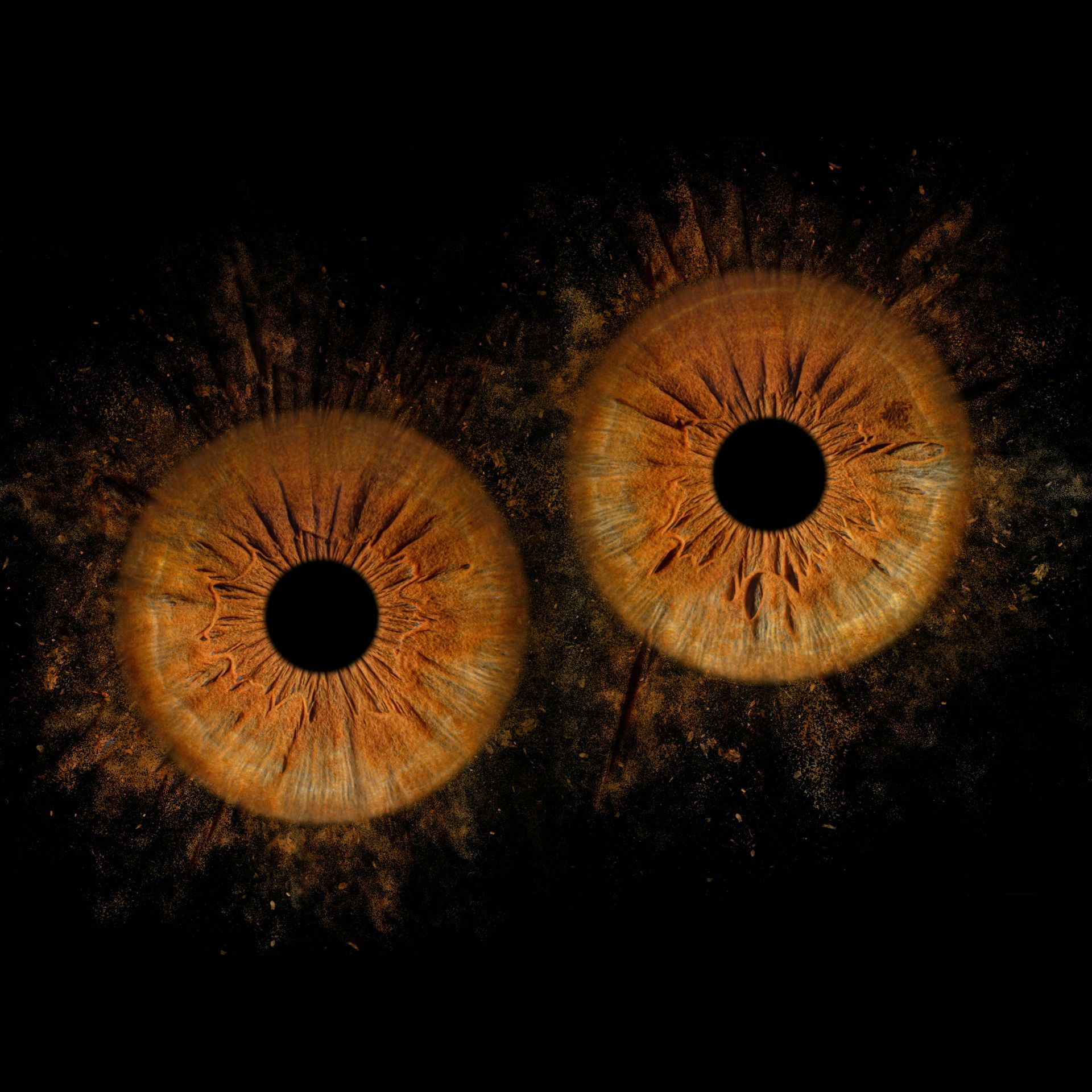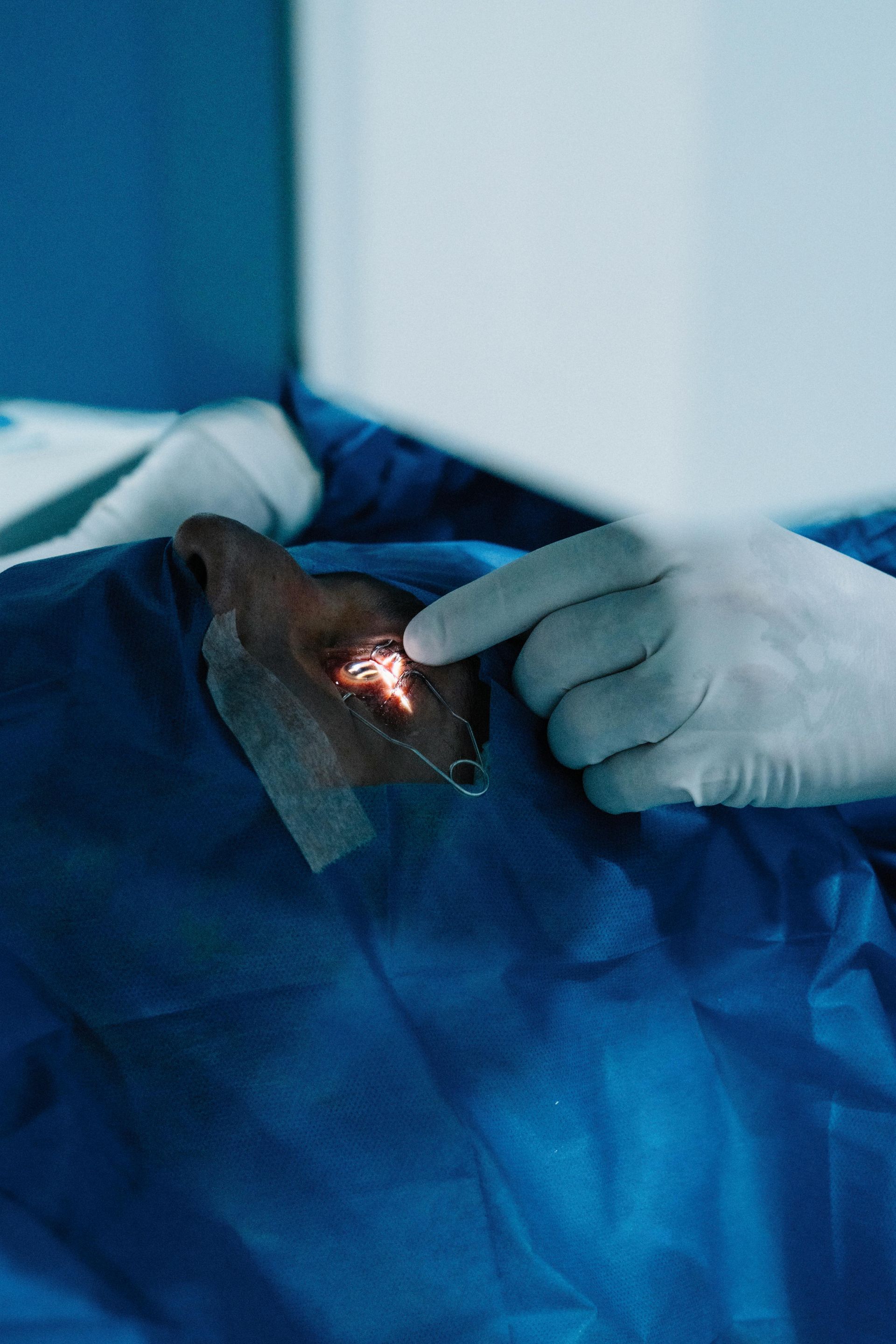The Wonders of Gene Therapy
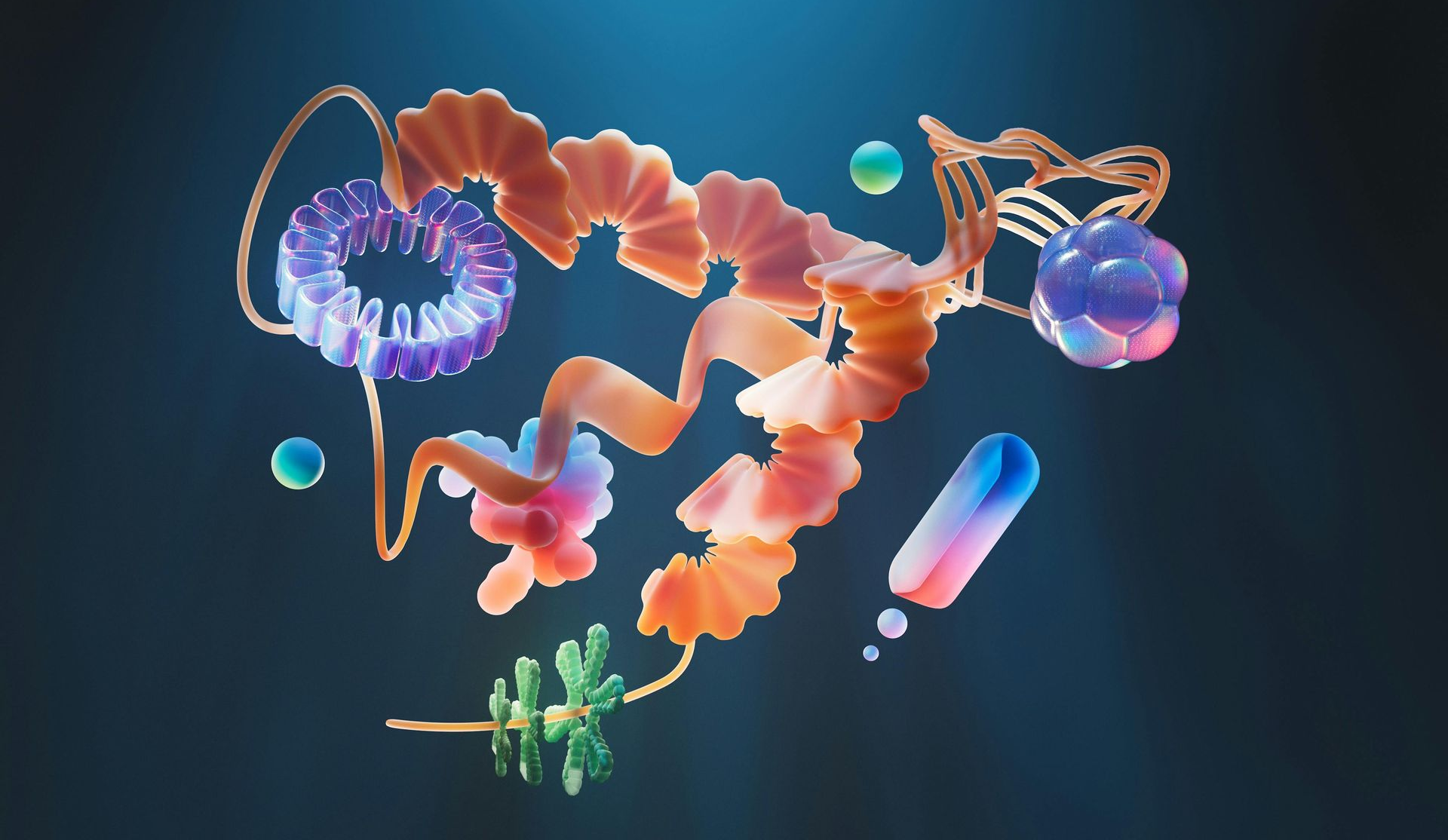
Blog vol 6.14. The Wonders of Gene Therapy.
Back in 2021, we looked at ground-breaking treatments for a very debilitating eye disease, Leber's congenital amaurosis (LCA), a group of inherited disorders in which the retina degenerates and causes severe vision loss in early infancy. The researchers from Pennsylvania used a harmless adeno-associated virus (read cold virus) and programmed it to find retinal cells and insert a healthy version of the involved gene. The virus was then injected into a patient’s eye directly under the retina with good results.
Research leads to more research. The same technique is now being used on another gene, ABCA4, the site where a mutation causes Stargardt’s disease. The body uses vitamin A to make cells in the retina (the light-sensitive layer of tissue at the back of the eye). Then the ABCA4 gene makes a protein to clean up the fatty material that’s left over. In Stargardt’s disease, this gene doesn’t work — so the fatty material builds up in yellowish clumps on the macula. Over time, this fatty material kills the light-sensitive cells and destroys central vision.
Enter gene therapy. The method is quite complex, involving the use of split inteins. These genetic elements work to fuse two separate peptides to finally produce (which is very difficult due to ABCA4’s prohibitive size) large full length proteins. And just as with LCA, the researchers, Tornabene et al. used a carrier, in this case a modified adenovirus, to deliver the correct genetic instructions into the patient's retinal cells, allowing them to produce this necessary protein and restore normal vision function (Read more here). The process is likened to giving the eye cells a new instruction manual to perform its job correctly.
The beauty of the modified adenovirus is that the recipient’s immune system has minimal response. The procedure has few negative side effects overall, and most exciting, one dose results in long term change of the gene.
It is no wonder that the FDA in the USA is now fast tracking this therapy.
More to come,
The good doctor
